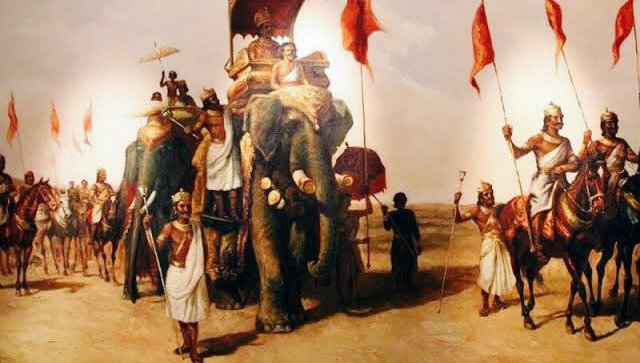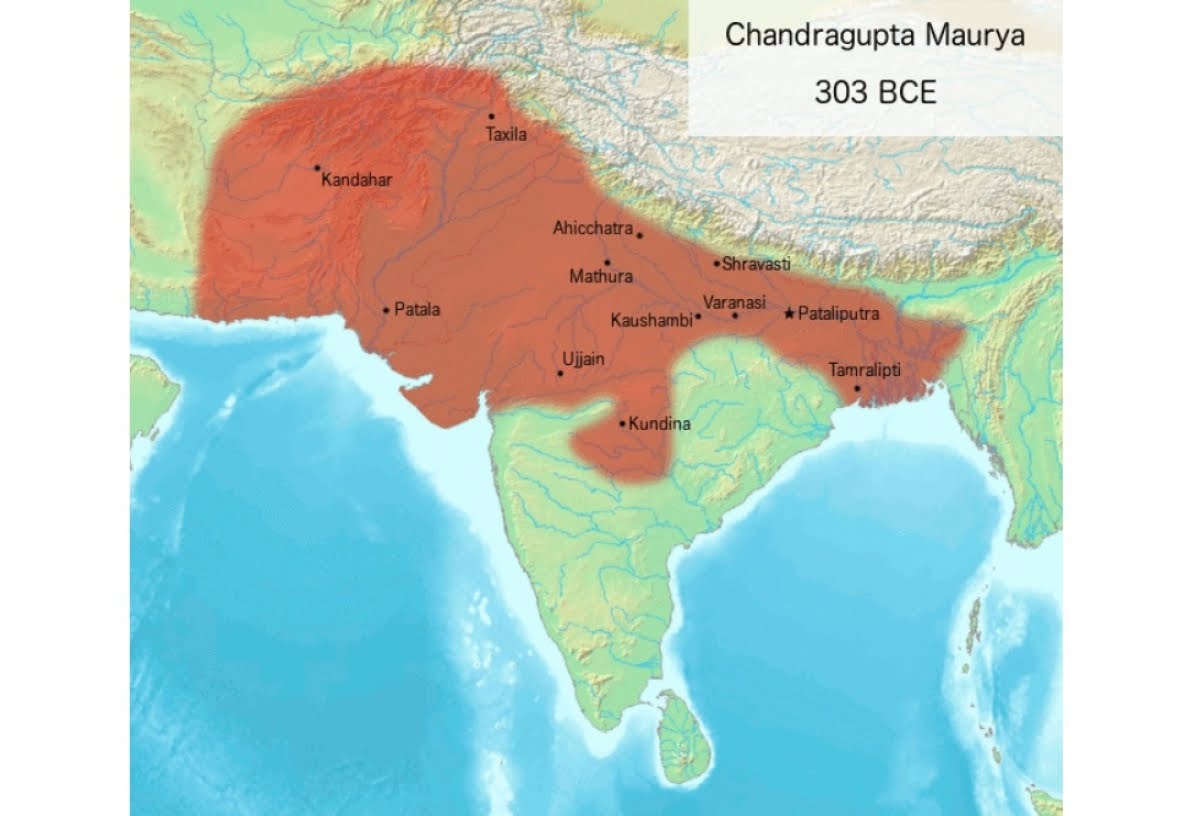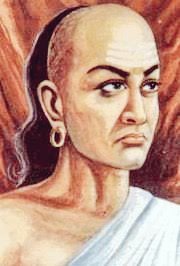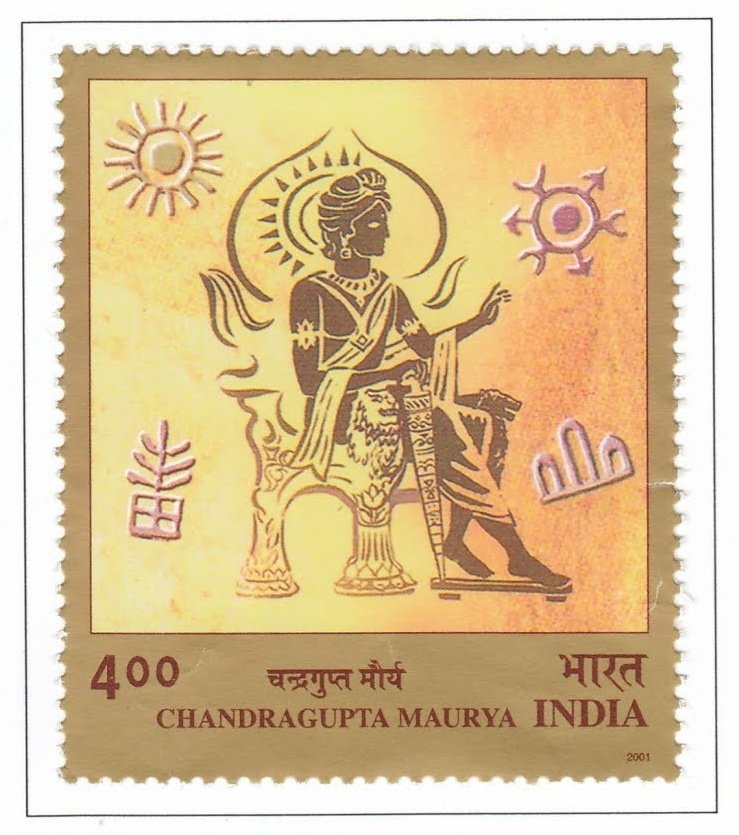Chandragupta and half-million Mauryans- THREAD on Maurya military force.
The first 10,000-man army was raised by the Xia dynasty of China in second millennia BCE. Ancient Egypt produced history's first-ever 1lakh troops army in 1250 BCE. Ages after, Persian emperor Cyrus the great build and maintained a fighting force of 500,000 men.
He was the first emperor to setup such unbeatable force - which helped him expand his empire to the “four corners of the known world.” World's next half-million-man army emerged during the reign of the Mauryan Empire of India around 300 BCE.
Although having such monstrous force, Acheamenids were defeated by the Macedonian army & in that sense, till the late 13th century, Maurya's staggering force was the largest standing army of the planet for a long period & no other army had achieved such unprecedented height.
Alexander the great invaded India during the period of the Nandas. He crossed the Indus in 326 BC and bested literally every small and large Mahajanapadas (kingdoms); only resistance to the invaders came from an unpopular but Powerful king Porus.
Several other kingdoms including Kalinga revolted and regained independence. Nanda dynasty was slipping out of the fingers of incapable rulers.
In such a critical condition of Aryavarta, came in the scene an inborn, dauntless leader- Chandragupta Maurya.
In such a critical condition of Aryavarta, came in the scene an inborn, dauntless leader- Chandragupta Maurya.
A learned scholar & fiery-tempered Brahman, being invited to a religious ceremony at the court of Dhana Nanda was ill-treated & insulted. He was seeking revenge & eventually found a young dexterous archer & saw an ambitious monarch in him.
The wise Brahman, Vishnugupta Chanakya & the emerging warrior, Chandragupta, thus met for the first time & that fateful meeting not only proved to be the turning point of their life; but also changed the course of history of the world.
Pliny put the strength of Chandragupta's force at 600k infantry, 30k cavalry, 8k Chariots and 9k elephants. Arrian has pointed out each chariot carried 2 soldiers besides driver & an elephant carried 3 archers besides Mahout.
Considering this reliable source, total strength of the army would be: 6,00,000 infantry, 30,000 cavalry, 36,000 men with elephants and 24,000 men with chariots; aggregating 6,90,000 men in uniform under an emperor! Check out the vastness of his army in details:
Standing Army: It was not the militia nature but a regular standing force, paid due remuneration by the state. A statement can help executing the priority given to the defence: “The highest officer of army was the Senapati, whose salary was equal to that of the ChiefMinister."
We learn from Megasthenes, the army was controlled by a War-office constituted of 6 boards each having 5 members counting a 30 member office. These boards were- 1) The Infantry, 2) The Cavalry, 3) The War chariots,
4) The Elephants of war, 5) Transport, Commissariat & army service and 6) The Admiral of the fleet'.
Infantry: Six classes of troops were recruited, kautilya described them as follows:
1) Maula: In-charge of the Mula(root)or centre of administration.
2) Bhrita: Mercenary troops engaged in pay.
3) Sreni: Gild-levies; recruited from the warrior clans.
1) Maula: In-charge of the Mula(root)or centre of administration.
2) Bhrita: Mercenary troops engaged in pay.
3) Sreni: Gild-levies; recruited from the warrior clans.
4) Mitra-bala: Army supplied by mitra(an ally).
5) Amitra-bala: Troops captured from amitra(an enemy).
6) Atavi-bala: Men hired from the wild forest(atavika) tribes.
The Infantry was headed by Pattyadhyaksha.
5) Amitra-bala: Troops captured from amitra(an enemy).
6) Atavi-bala: Men hired from the wild forest(atavika) tribes.
The Infantry was headed by Pattyadhyaksha.
Cavalry: The special work of cavalry in a battle is recognised by Kautilya to supervise the discipline of the army, protection of its sides, first attack & turning the movement of the army.
This department was led by Asvadhyaksha.
This department was led by Asvadhyaksha.
War-Chariots: Functions as mentioned by Kautilya- "protection of own army; repelling the attack by enemy's army, seizing position during battle, restoring broken array or phalanx & breaking the compact array of the enemy army."
Superintendent of War-Chariot was Rathadhyaksha
Superintendent of War-Chariot was Rathadhyaksha
Elephants of War: This force was of great importance that "the victory of kings and the destruction of enemy force depends" declared by Kautilya & echoed by Megasthenes in reference to elephants- "turning the scale of Victory."
Elephants were supervised by Hastyadhyaksha.
Elephants were supervised by Hastyadhyaksha.
Transport, Commissariat & army service: services of the main divisions of the army dealt herein were under the control of this board. They worked in cooperation with Go’dhyaksha- the Superintendent of Bullock trains.
Admiral of fleet: According to Megasthenes, this board was in charge of Navy. Kautilya ratified, the admiralty was the portfolio of an officer called Navadhyaksha (superintendent of Navy) who had to deal with all matters relating to ships and boats.
The use of variety of weapons & equipments such as stationary & mobile engines were of much importance- one of them being regarded as the hundred-slayer. Arms included bows & arrows, swords, oval, broadswords, rectangular shields javelins, axes, lances,clubs, pikes & maces.
This is just the tip of the iceberg as no better adjectives can be used for describing the administration of an emperor like Chandragupta. It can be found how balanced was his administration by tracing Megasthenes- " the king left palace to lead the army in the time of war".

 Read on Twitter
Read on Twitter






